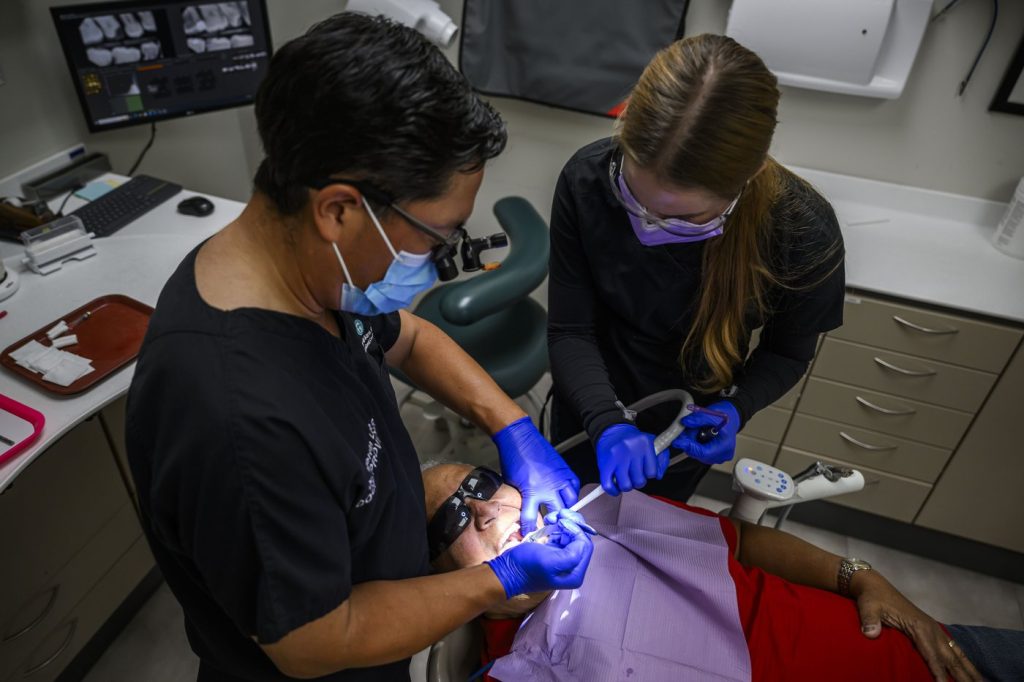OTTAWA — The dental industry in Canada is currently navigating the initial challenges of the national dental care program while also addressing a growing misconception among patients regarding payment responsibilities. The Canadian Dental Association has highlighted that many patients erroneously believe that dental services under this program are entirely free, a misconception fueled by statements from politicians suggesting that the program incurs no costs for individuals.
The industry is also facing considerable administrative challenges, particularly when it comes to complex treatments that require pre-authorization. As a result, patients attempting to access such treatments are facing significant hurdles; claims for their procedures are being denied more than half of the time, primarily due to incomplete submissions. This ongoing issue not only complicates the relationship between dental providers and patients but also contributes to frustration on both sides.
Moreover, the Canadian Dental Hygienists Association has expressed concerns that the current dental care program does not provide sufficient coverage for preventive care measures. This limitation is underscored by the fact that more than half a million claims have been rejected for basic services like cleaning and scaling. The predominant reason for these denials appears to be that many patients are exceeding their designated coverage limits, which may come as a shock to those who expected more comprehensive support from the program.
The complexities surrounding these claims and the prevailing misconceptions about dental care costs indicate a need for better communication and education throughout the community. As dental health is integral to overall well-being, it is essential that patients are fully informed about what the national dental care program entails, including any potential out-of-pocket expenses that may still be required for certain services.
The ongoing dialogue between dental professionals and policymakers will be crucial in resolving these misunderstandings and improving the overall framework of dental care in Canada. As the program matures and evolves, the dental industry hopes that the administrative burdens will lessen, and that both patients and providers will benefit from a more streamlined process that prioritizes accessibility, clarity, and adequate coverage for necessary treatments.










